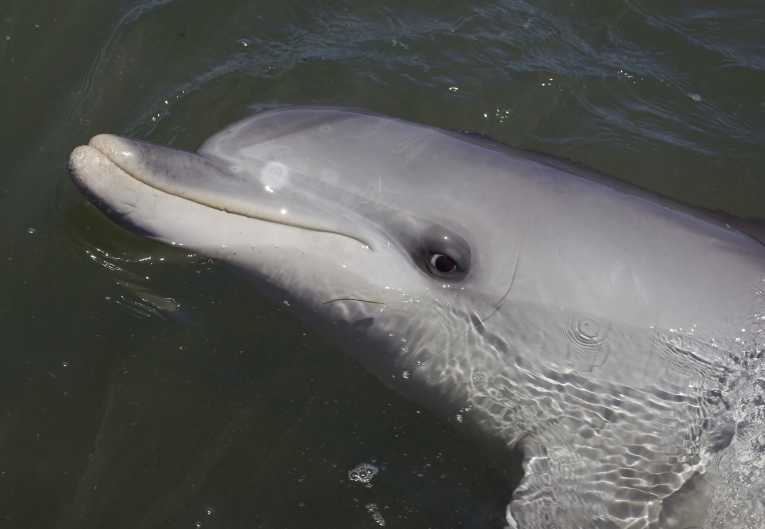According to a report released by the National Oceanic and Atmospheric Association (NOAA) Fisheries, Office of Protected Resources, an unusually high number of dolphins have been found dead in the Gulf of Mexico since February of 2011, prompting the organization to declare the situation an, ''Unusual Mortality Event,'' or UME, as defined under the Marine Mammal Protection Act of 1972.
Since February 1st, the NOAA has confirmed that more than 400 dolphins have been found stranded in the Northern Gulf of Mexico, but this number is most likely just a fraction of the total number of actual deaths, since many dead animals will not actually wash up on the shores.
In addition, this unfortunate event is believed to be directly linked to the Deepwater Horizon BP oil spill of 2010, and is just one of the many lingering aftereffects of that disaster.
The UME area stretches from the Texas and Louisiana borders, all the way to Franklin County Florida, and combined efforts are currently underway with the NOAA, the US Department of the Interior (DOI), and the states of Texas, Louisiana, Mississippi, Alabama and Florida to conduct an accurate assessment of the damage that has been done to the marine mammals and their habitat.
To give some perspective to the numbers of dolphins found dead, only five bottlenose dolphins were found stranded in January of 2010, compared to 24 in January of 2011. Even more alarming, February of 2010 saw only 11 recorded strandings, compared to an alarming 62 in February 2011.
According to the report by the NOAA, the main goal of ongoing efforts to collect data about the rise in dolphin deaths is to determine how to restore the habitat to its natural state.
The UME investigation is also an important part of ongoing legal action connected to the Deepwater Horizon BP oil spill, and all samples are being carefully collected and preserved, in order to serve as evidence regarding the health of marine mammals in the Gulf of Mexico after last year's environmental disaster.










